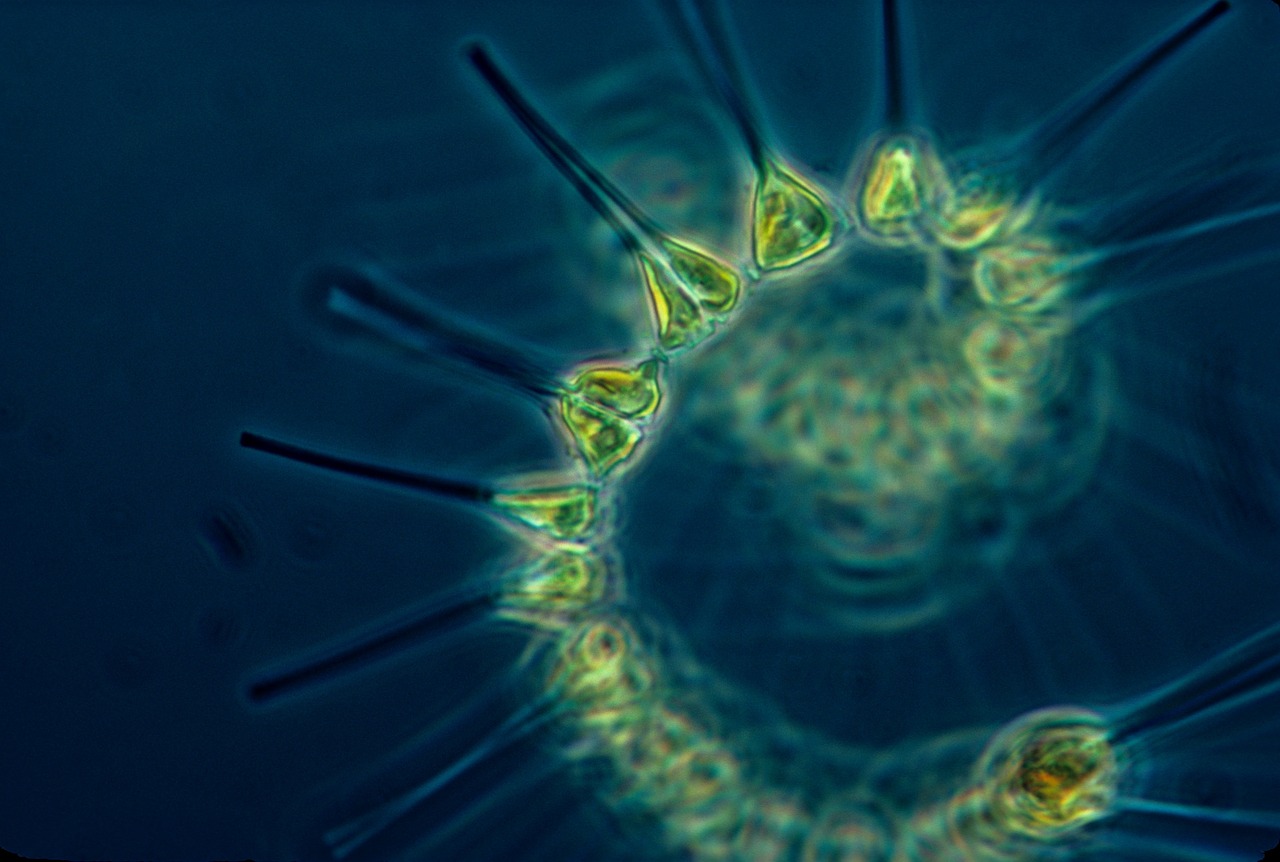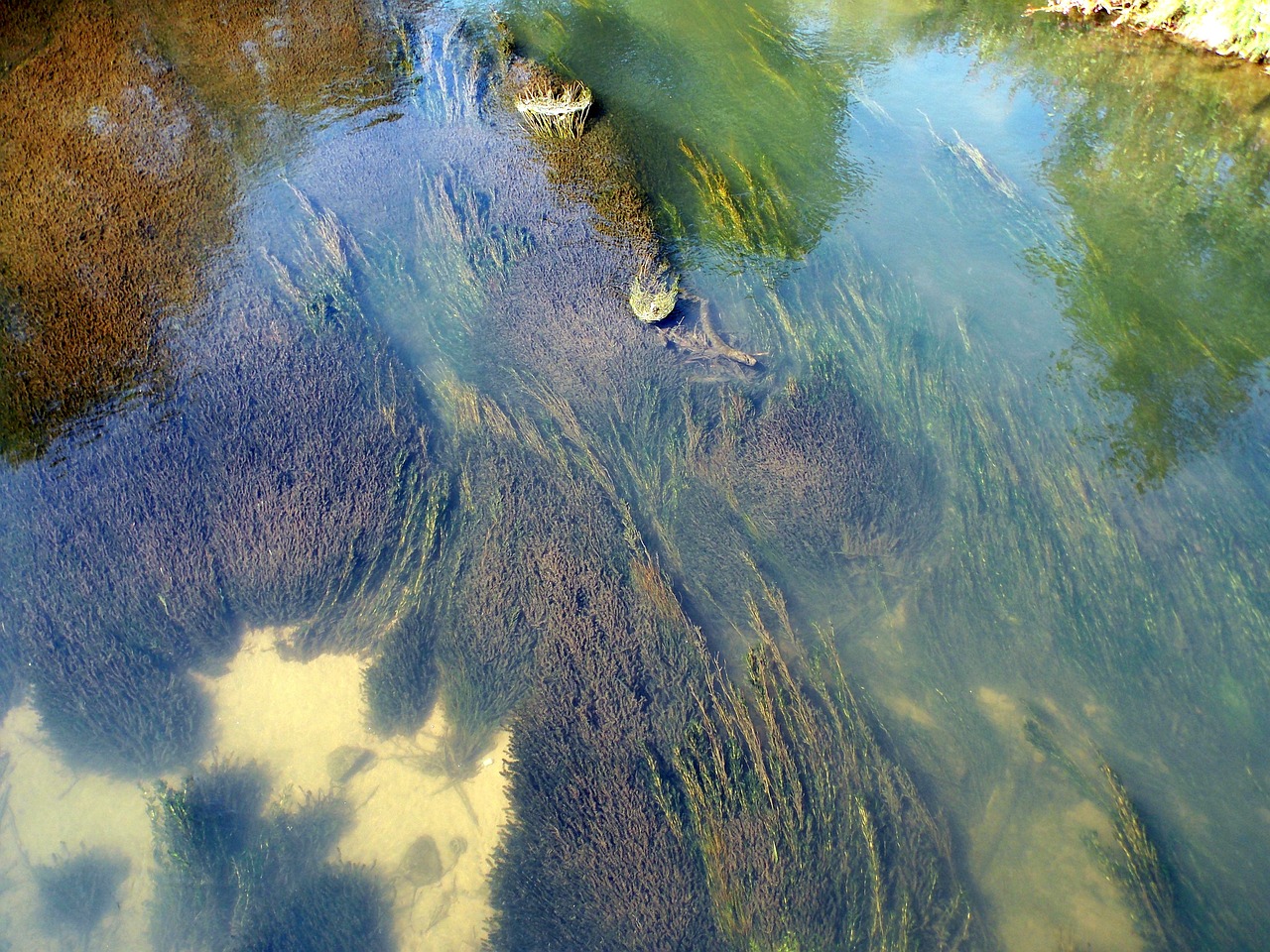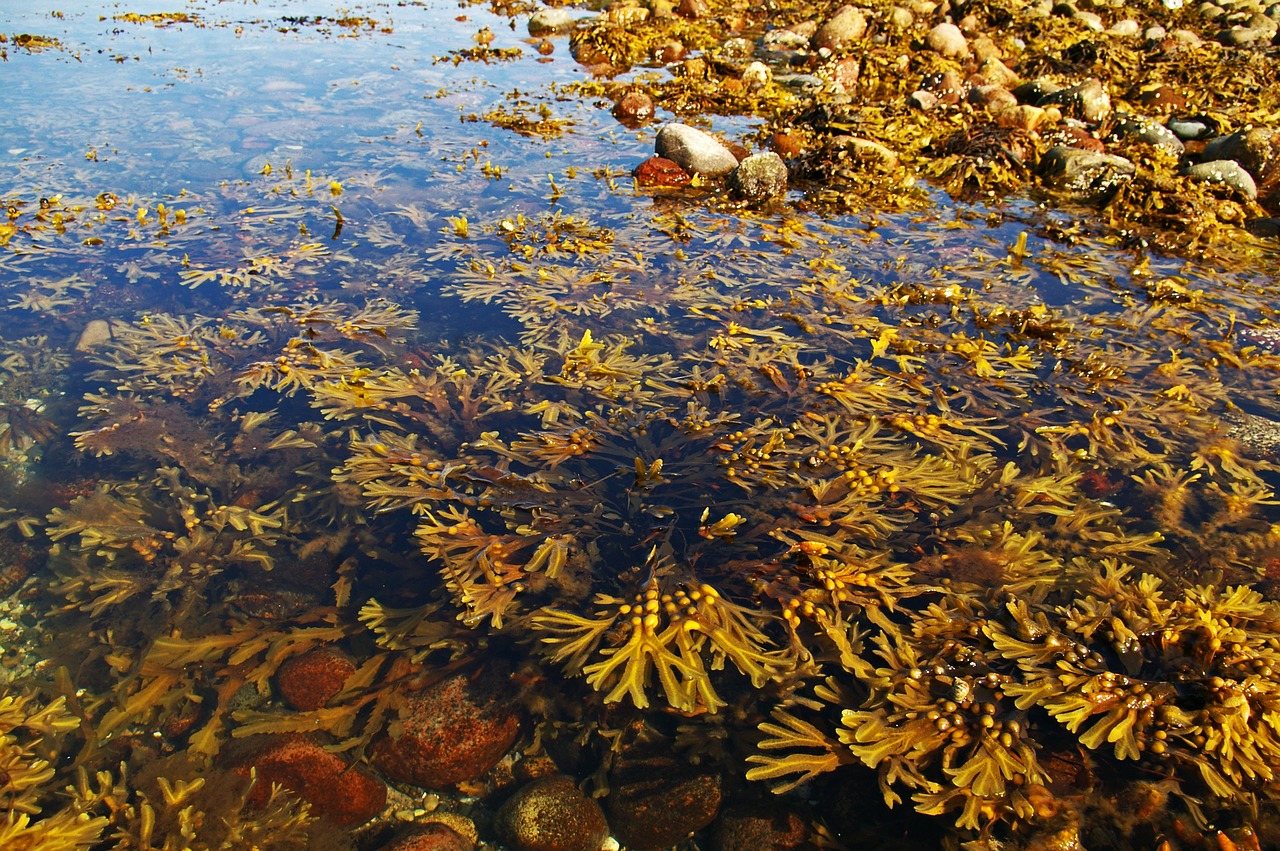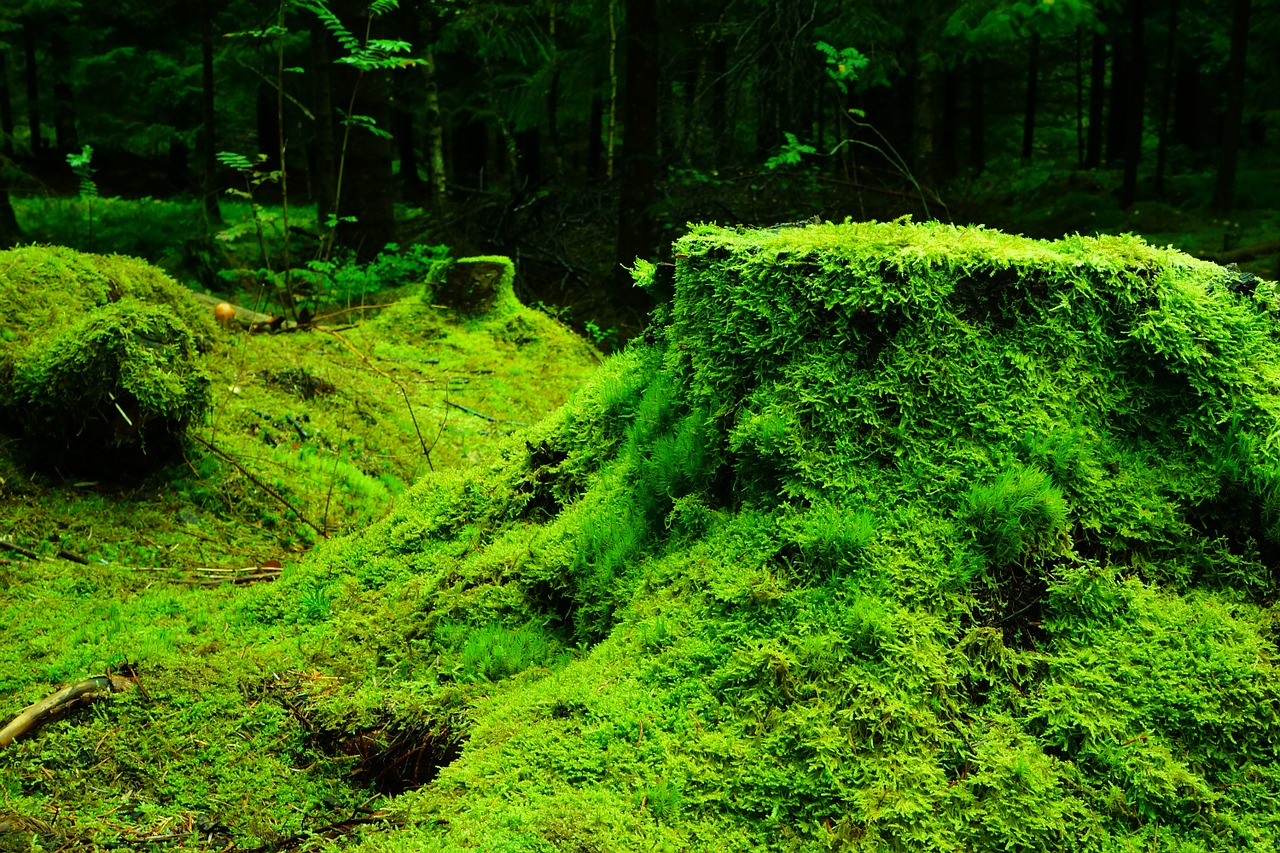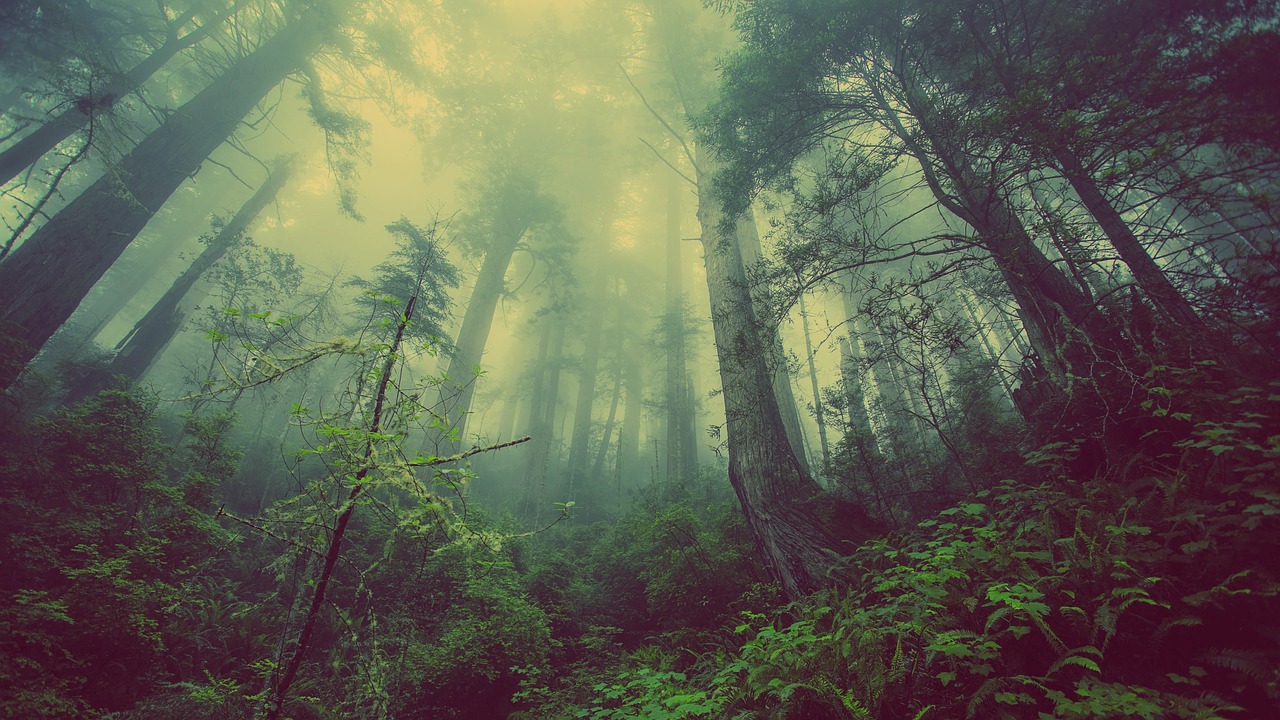Primary Producers
Autotrophs or primary producers are organisms that acquire their energy from
sunlight and materials from nonliving sources. Algae, higher plants,
and some bacteria and protists are important autotrophs in running waters.
Heterotrophs obtain energy and materials by consuming living or dead organic matter.
All animals of course are heterotrophic, but so also are fungi and many protists and
bacteria that gain nourishment through the processing of dead organic matter
and often make that organic matter more nutrient rich and more accessible to other consumers.
Together, these autotrophs and microbial heterotrophs constitute the basal energy resources
that support higher trophic levels in lotic food webs. The major autotrophs of running waters
include large plants, referred to as macrophytes, and various small producers including
individual cells, colonies, and filamentous growth forms. Algae suspended in the water column
are referred to as phytoplankton; those attached to substrates are referred to as benthic algae or periphyton.
